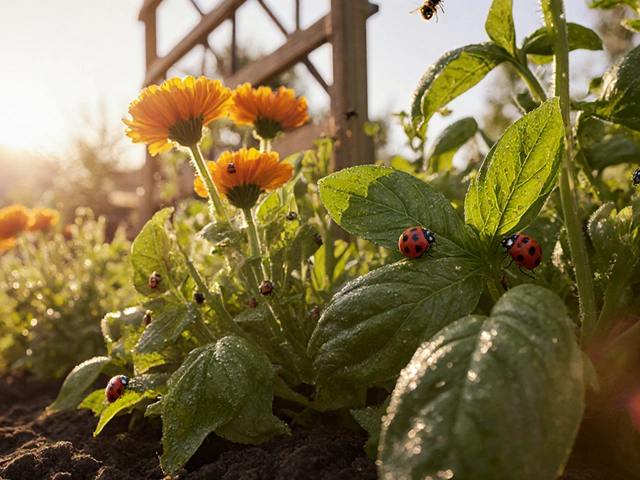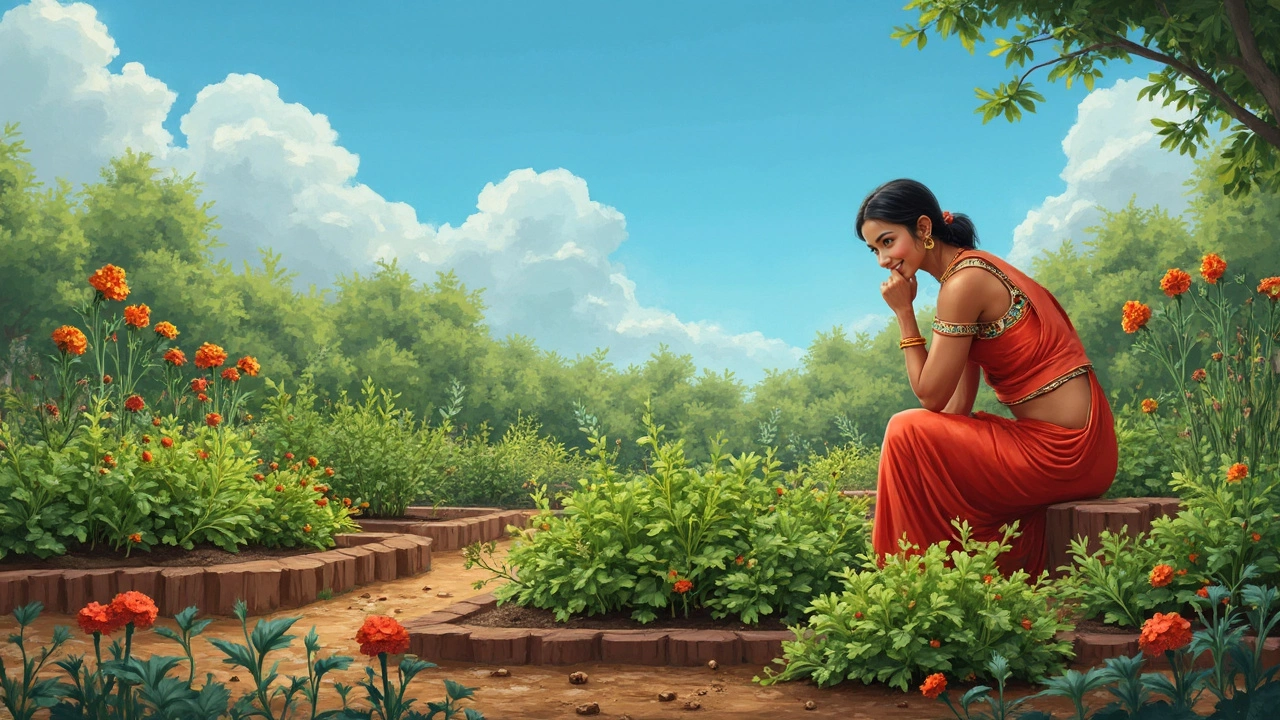Landscape Fabric: The Easy Way to Keep Your Garden Healthy
Ever wish your garden beds stayed weed‑free without endless pulling? Landscape fabric does exactly that. It’s a thin, permeable sheet that lets water and air reach roots while blocking unwanted plants. The result? Less time weeding, more time enjoying blossoms and veggies.
Picking the Right Fabric for Your Needs
Not all fabrics are created equal. Look for a material that matches your garden’s climate and the plants you grow. A woven fabric is strong and works well under heavy mulch, but it can be pricey. Non‑woven (or spun‑bond) options are cheaper and easier to cut, perfect for small raised beds or container projects. If you have a sunny, hot zone, choose a UV‑stabilized version so it won’t break down quickly.
Also, check the thickness. A higher gauge (lower number) means thicker material and longer life, but it can be tougher to handle. For most hobby gardeners, a 3‑5 oz/m² fabric strikes a good balance between durability and flexibility.
How to Lay Landscape Fabric Like a Pro
Start by clearing the area of bigger weeds and debris. Smooth the soil so the fabric sits flat – bumps will cause pockets where weeds can sneak through. Roll out the fabric and cut it to fit using scissors or a utility knife. Overlap edges by at least 6 inches and secure them with landscape staples or pins; this keeps the sheet from shifting when you add mulch.
Once the fabric is in place, apply a 2‑3 inch layer of organic mulch, straw, or wood chips. The mulch protects the fabric from UV rays and gives a neat finish. Remember to leave a small gap around the base of trees and shrubs so their trunks stay exposed to air.
If you need to plant, cut a X‑shaped hole in the fabric, push the plant through, and then fold the flaps back around the stem. This method maintains the barrier while letting roots grow freely.
While the fabric does a great job, it’s not a set‑and‑forget tool. Check the surface annually for tears or weeds that have found a way through seams. A quick trim and fresh mulch layer will keep it working for years.
Using landscape fabric can also save water. Because it reduces evaporation and keeps the soil cooler, you’ll notice less watering needed, especially during dry spells. This makes it a smart choice for sustainable gardening in India’s varied climates.
Got a specific question? Browse our related posts like “How Deep Should Drip Irrigation Lines Be Buried?” for water‑saving tips, or “Sustainable Gardening: Tips to Make Your Garden Eco‑Friendly” for more green ideas. Each article gives practical steps you can pair with landscape fabric for a healthier, low‑maintenance garden.
In short, landscape fabric is a simple, affordable way to protect beds, cut weeds and keep moisture where plants need it. Pick the right type, lay it flat, secure it well, and top it with mulch. With a little care, your garden will stay tidy and thriving all season long.
Should You Use Landscape Fabric Under Raised Beds?
Deciding whether to use landscape fabric under your raised beds can be a game-changer for your kitchen garden. While it can suppress weeds, its drawbacks include potential impact on soil health. We'll cover the pros and cons, alternative options, and tips for enhancing your gardening experience. Understanding these factors will help you create the most productive and sustainable garden possible.
About
Kitchen Gardening
Latest Posts

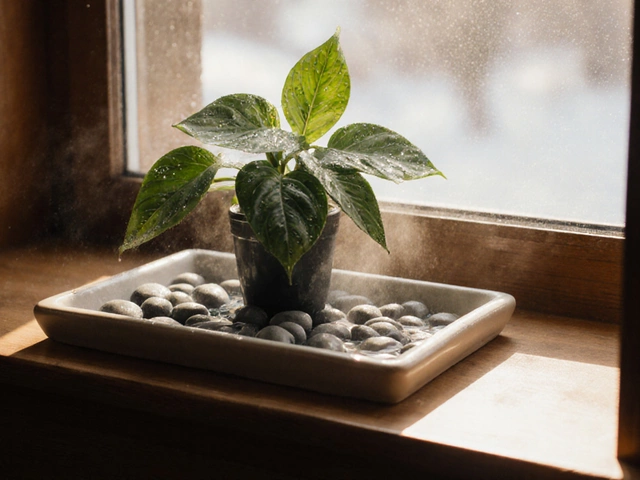
What Plants Benefit from a Pebble Tray? A Practical Guide for Indoor Plant Care
By Alden Thorne Nov 8, 2025
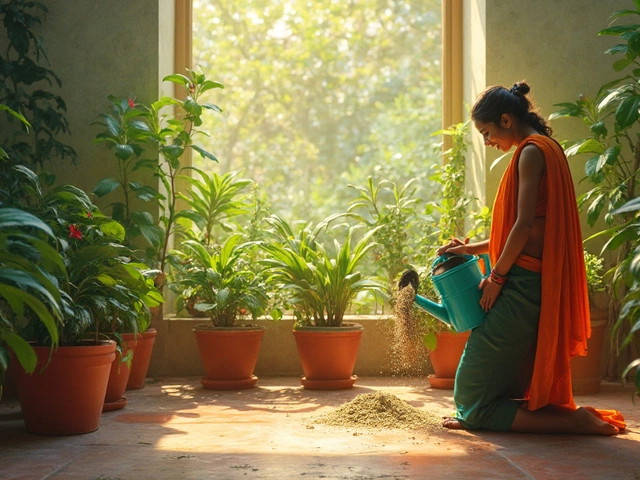
Adding the Right Ingredients to Water for Thriving Indoor Plants
By Alden Thorne Mar 5, 2025
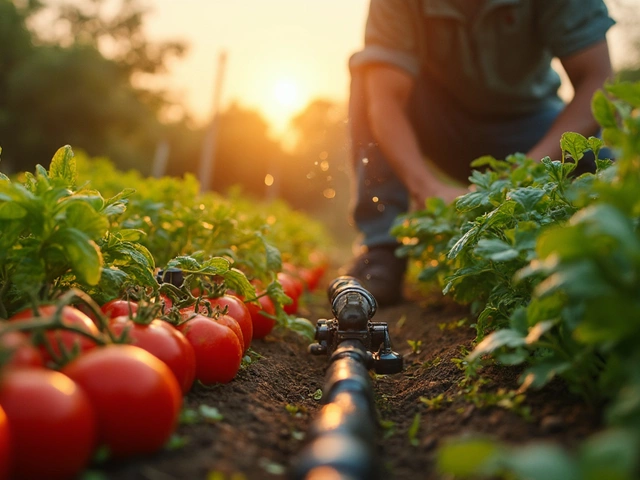
Drip Irrigation System Life Expectancy: What to Really Expect
By Alden Thorne Jun 19, 2025
